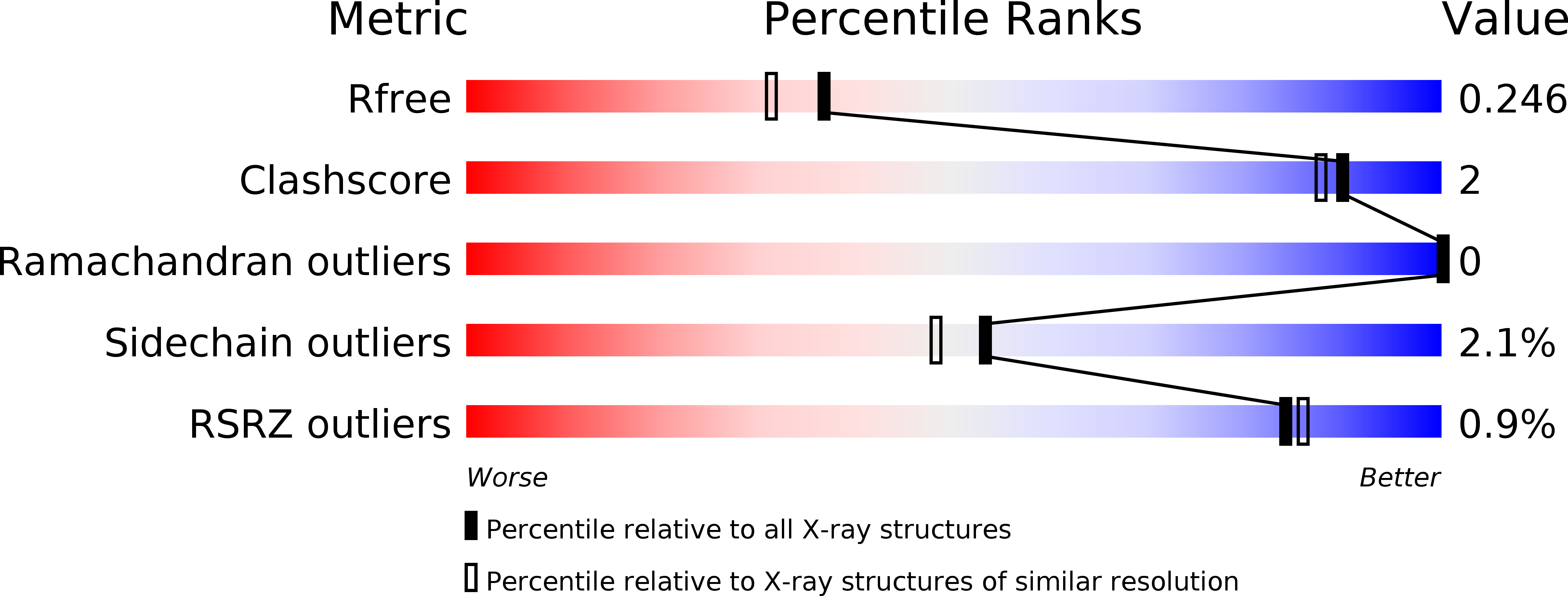
Deposition Date
2018-10-31
Release Date
2019-04-24
Last Version Date
2023-11-22
Entry Detail
PDB ID:
6IOX
Keywords:
Title:
Crystal structure of Porphyromonas gingivalis phosphotransacetylase in complex with acetyl-CoA
Biological Source:
Source Organism:
Host Organism:
Method Details:
Experimental Method:
Resolution:
2.04 Å
R-Value Free:
0.23
R-Value Work:
0.19
R-Value Observed:
0.19
Space Group:
P 21 21 2


